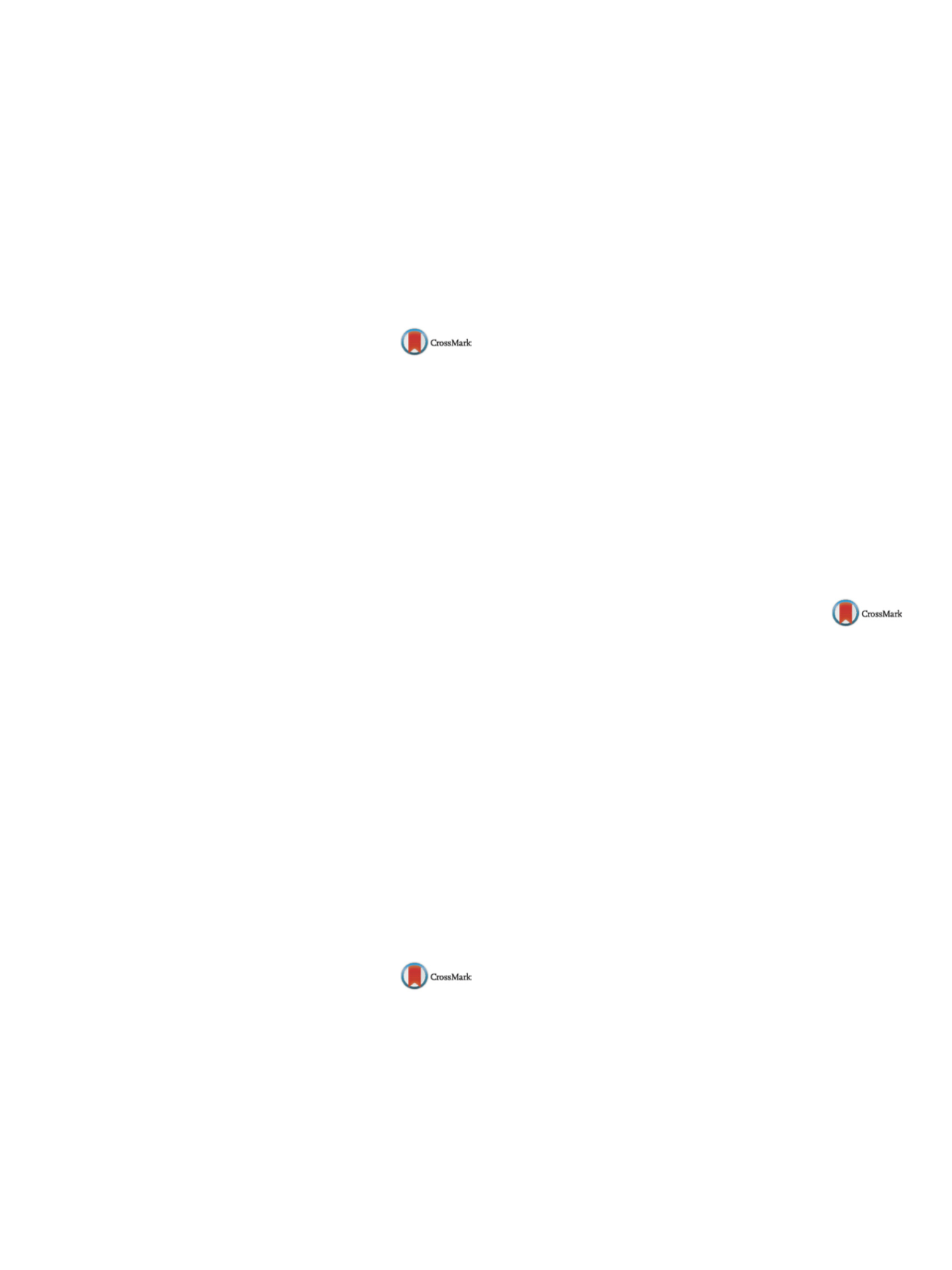

25th European Congress of Psychiatry / European Psychiatry 41S (2017) S847–S910
S859
11
±
1.3 points; in control one by 7
±
3.1 points. Level of activation:
in the main group decreased by 16
±
2.9 points; in control one by
9
±
3.5 points. Memory in the main group improved by 3
±
0.21;
in control one by 2
±
0.3 points. Perception: in the main group
improved by 1.5
±
0.2; in control one by 0.8
±
0.12 points. Thought:
in themain group improvedby 14.0
±
1.6; in control one by 6.4
±
1.1
points. Thus, it was shown that during use of MRT both perception
and processing of information, improve in complicated conditions,
reduction of pathological craving accelerates.
Disclosure of interest
The authors have not supplied their decla-
ration of competing interest.
http://dx.doi.org/10.1016/j.eurpsy.2017.01.1711EV1382
Which psychological and
socio-demographic dimensions
predict amphetamine abuse?
V. Farnia
1, F. Tatari
1, M. Alikhani
1, J. Shakeri
1, V.T. Ngo
2,
D. Sadeghi Bahmani
2, E. Holsboer-Trachsler
2, S. Brand
3 ,∗
1
Kermanshah University of Medical Sciences, Substance Abuse
Prevention Research Center, Psychiatry Department, Kermanshah,
Iran
2
Psychiatric Clinics of the University of Basel, Center for Affective,
Stress and Sleep Disorders, Basel, Switzerland
3
Psychiatric University Hospital, Center for Affective, Stress and Sleep
Disorders, Basel, Switzerland
∗
Corresponding author.
Introduction
Amphetamine abuse has become a serious health
concern worldwide, and this holds also true for Iran.
Aims
Investigating psychological and socio-demographic dimen-
sions to predict amphetamine-abuse.
Methods
Hundred amphetamine abusers and 100 healthy con-
trols took part in this cross-sectional study. Participants completed
questionnaires covering socio-demographic and psychological
dimensions.
Results
Compared to healthy controls, amphetamine abusers
reported more insecure and ambivalent attachment styles,
higher novelty-seeking and risky behaviour, less current social
support and stable relationships, and lower emotional com-
petencies. No differences were found for socio-demographic
dimensions.
Conclusions
Results from this cross-sectional study underscore
that amphetamine abuse was related to poor social relationships,
poor emotional competencies and higher risky behaviour. The
cross-sectional nature of the study, however, does preclude any
conclusions about the causal direction of amphetamine abuse and
poor interactional behavior.
Disclosure of interest
The authors have not supplied their decla-
ration of competing interest.
http://dx.doi.org/10.1016/j.eurpsy.2017.01.1712EV1383
Treatment of alcoholism – New
targets?
L. Carvalhão Gil
1 ,∗
, M .Lázaro
2 , A. Ponte
1 , J. Teixeira
1 ,H. Prata Ribeiro
1 , T. Mota
11
Centro Hospitalar Psiquiátrico de Lisboa, Psychiatry, Lisboa,
Portugal
2
Centro Hospitalar Psiquiátrico de Lisboa, Psychiatry, Lisbon,
Portugal
∗
Corresponding author.
Introduction
Alcohol use disorders (AUD) is a preventable cause
of significant morbidity and mortality worldwide. AUD is a het-
erogeneous disorder stemming from a complex interaction of
neurobiological, genetic, and environmental factors. To achieve
treatment effectiveness this heterogenity should be considered, as
well as safety.
Objectives
Review mechanisms underlying alcohol addiction in
order to work out new, more effective treatment strategies.
Aim
To update on treatment for alcoholism.
Methods
A literature searchwas performed on PubMed database.
Results
Alcohol dependence is a chronic, relapsing condition in
which there is evidence of significant change in the motivation and
control systems in the brain. Increasingly drug therapy is focused
not just on the treatment of the acute withdrawal syndrome, but on
modifying these other dysregulated brain systems. Of the numer-
ous neurotransmitter systems that have been identified for the
development of new medicines, the most promising compounds
appear to be those that modulate the function of opioids, glutamate
with or without gamma-aminobutyric acid, and serotonin. Other
putative therapeutic medications including direct modulators of
dopamine function and enzyme inhibitors also shall be discussed.
At present, only four medications are approved for the treatment
of alcohol dependence in Europe, that is naltrexone, acamprosate,
disulfiram and the most recent nalmefene. Among other promising
strategies the following drugs arementioned: baclofen, topiramate,
ondansetron, aripiprazole, rimonabant and varenicline.
Conclusions
Pharmacological development remains a high pri-
ority in the alcoholism field. Drugs have different safety profiles
that need to be balanced with the treatment objective, individual
patient preferences and comorbid conditions.
Disclosure of interest
The authors have not supplied their decla-
ration of competing interest.
http://dx.doi.org/10.1016/j.eurpsy.2017.01.1713EV1384
The singular therapeutic project as an
interdisciplinary care strategy to the
alcohol and/or other drugs user
S.C. Vasconcelos
1 ,∗
, A .S.B. Correia
2 , B.G. Gouveia
2 , I.J.Silva
2 ,M.S.G.C. Mendes
2 , M.J.S. Neves
1 , E.C.O. Ribeiro
3 , A.L.G. Castro
11
Federal University of Paraíba UFPB, Public Health nursing, Recife,
Brazil
2
Federal University of Paraíba UFPB, Center for Studies in Public
Health, João Pessoa, Brazil
3
Federal University of Paraíba UFPB, Nursing, Recife, Brazil
∗
Corresponding author.
Introduction
Among the psychosocial care network services and
devices, highlights the Center of Psycho-Social Attention (CPSAad)
aimed at building a comprehensive, regionalized care, based on the
extended clinic and from Singular Therapeutic Project (STP).
Aims
Report a successful experience of building a Singular Ther-
apeutic Project in Center of Psycho-Social Attention.
Methods
This is a descriptive/reflective study type experience
report, held in CPSAad from experiences of Mental Health’s Mul-
tidisciplinary Residency members linked to the Center for Studies
in Public Health, João Pessoa, Paraíba, Brazil.
Results
It was noted that the STP assists practitioners in the plan-
ning of interventions from the needs highlighted by the user and
it promotes the knowledge exchange and the co-responsibility of
those involved in the care. Therefore, was built a STP of a homeless
alcoholic user who initially attended the service as its basic needs
refuge (food, hygiene and rest) without showing any interest in
participating of activities, little interaction with professionals and
other users, difficulties in expressing himself, besides often arriv-
ing at the service under alcohol influence. The residents planned
the STP from the user’s admission through the qualified hearing
and construction of bonds.
Conclusions
The Singular Therapeutic Project operationalization
allowed the user to feel cared, attended in his needs and recognized
by the staff; favoured its treatment co-responsibility, leading him
to participate in the proposed activities, medical appointments and


















